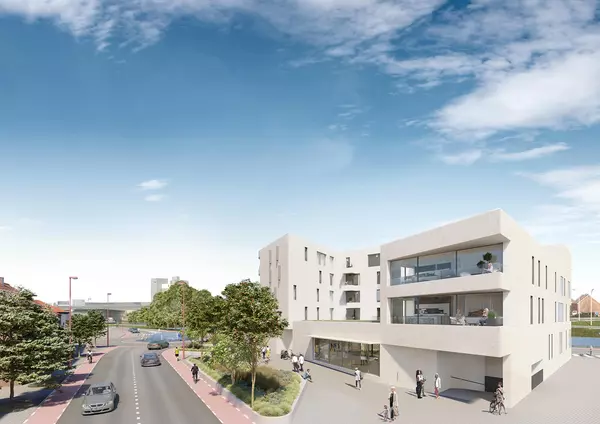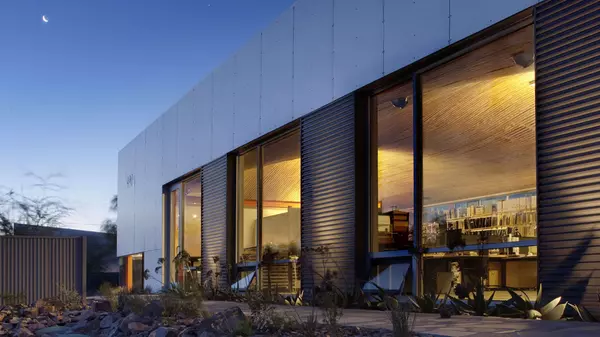Alberta Scores Lowest in National Housing Report
Alberta received the lowest overall grade (D+) in a recently released Report Card on More and Better Housing, which evaluates Canada’s progress toward building 5.8 million affordable, low-carbon, and resilient homes by 2030. Produced by economist Mike Moffatt and the Missing Middle Housing Initiative, the report assesses the federal and provincial governments against five key criteria set out in the Blueprint for More and Better Housing: legalizing density, improving building codes, supporting factory-built housing, avoiding high-risk development areas, and addressing market gaps for non-market housing.
While the federal government and several municipalities were recognized for meaningful reforms, the report identified a lack of comparable action from provincial governments. Alberta, in particular, was noted for limited engagement across most policy areas, even as housing demand continues to rise. The authors emphasized that while the tools and policy solutions exist, consistent and coordinated provincial action is essential to meet national housing goals.
According to the report, Alberta’s score reflected insufficient provincial action across key housing criteria, despite relatively strong municipal leadership in some areas. Housing supply has grown, but the report attributes this mainly to reforms led by Calgary and Edmonton rather than province-wide policy frameworks.
While acknowledging that the private sector plays an important role, Moffatt argued that provincial governments must also take responsibility for guiding land use, building standards, climate risk, and non-market housing.
Legalizing Density: C−
Alberta’s provincial government has taken few direct steps to legalize or promote density, according to the report, although municipalities have made more progress. Calgary and Edmonton implemented various reforms, including Edmonton’s automated permit review system, launched in 2024.
Alberta has relatively low development charges and comparatively faster approval timelines. However, the provincial government has not adopted broader enabling legislation or incentives that would make these types of reforms more consistent across the province. As a result, the grade reflects modest gains at the municipal level rather than meaningful provincial leadership.
Better Building Codes: D
The province’s building codes remain aligned with Tier 1 of the 2020 National Building Code (NBC) and National Energy Code for Buildings (NECB). Although Alberta introduced a 2023 edition of its building code, permitting, for example, mass timber construction up to 12 storeys, it has not moved toward higher energy efficiency standards adopted elsewhere. Other jurisdictions, such as British Columbia, have aligned their codes with higher tiers and established clear goals for net-zero energy-ready construction.
Factory-Built Housing: D−
The province scored lowest in this category. Alberta’s efforts in supporting factory-built housing have been minimal, limited to the release of a briefing note in October 2024 that outlined the potential benefits of prefabrication and housing manufacturing.
By contrast, other provinces have taken more proactive steps. Québec committed to purchasing 500 prefabricated homes, and British Columbia has launched several targeted funding programs. Alberta has not yet developed a comprehensive policy to support the adoption or scaling of such technologies.
Avoiding High-Risk Areas: D−
While updated flood hazard maps were made public in early 2024, their use in planning decisions remains discretionary at the municipal level. Alberta has no binding provincial policy prohibiting development in flood-prone or wildfire-risk areas. This contrasts with provinces like Ontario and Québec, which have implemented regulatory frameworks to restrict development in areas exposed to climate hazards.
Filling Market Gaps: C
Alberta’s housing affordability challenges are not as severe as in British Columbia or Ontario, but recent data shows rising core housing need, which increased from 10.2% in 2018 to 11.3% in 2022. Bill 20, passed in 2025, introduced expanded tax exemptions for affordable housing and allowed municipalities to offer further incentives. However, a 2024 Auditor General report identified a lack of adequate tracking of the 27,000 provincially owned housing units, particularly regarding their state of repair.
Recommendations for Alberta
The report provided recommendations for Alberta, including adopting municipal best practices province-wide. Calgary and Edmonton implemented reforms around zoning and permit approvals, which could be scaled across the province.
It also recommended establishing hazard mapping standards and restricting risky development, with binding provincial rules to prevent construction in floodplains and wildfire zones. Improving building codes by adopting higher energy efficiency tiers and permitting innovative designs such as single-egress buildings would advance both housing affordability and climate resilience. Alberta could also take steps to support prefabricated and modular housing, following the lead of other provinces with dedicated funding and pilot programs.
The report finally suggested improving non-market housing oversight and delivery. Enhanced tracking of public housing stock and additional support for affordable units could address the province’s rising core housing need.
Recent Posts










